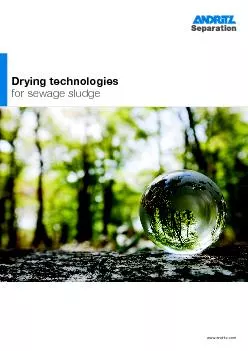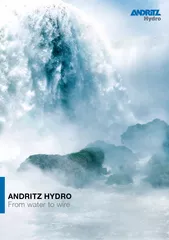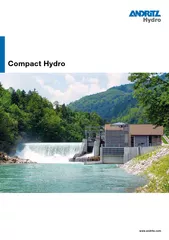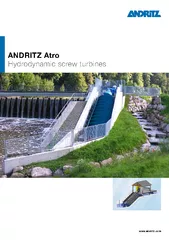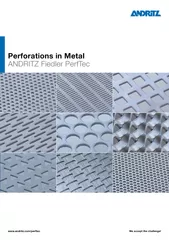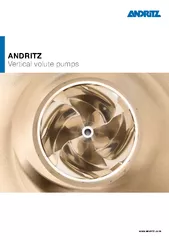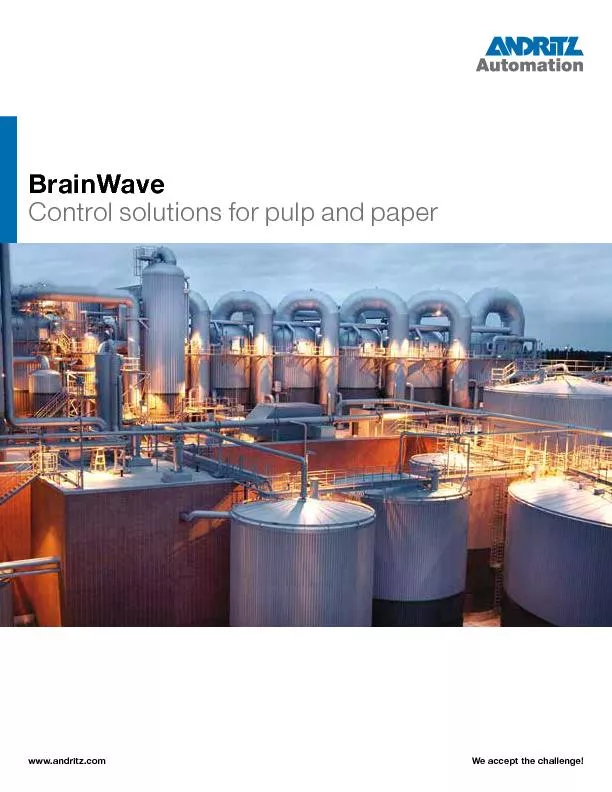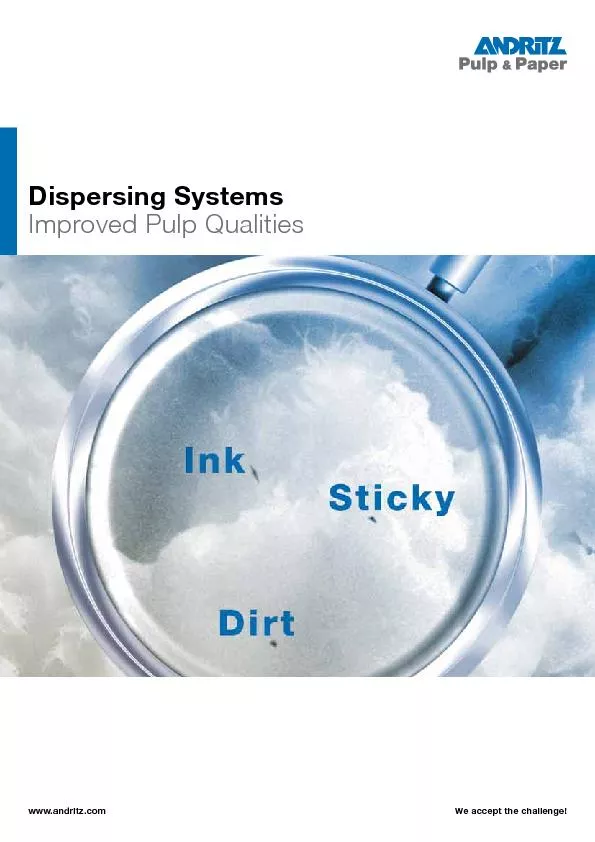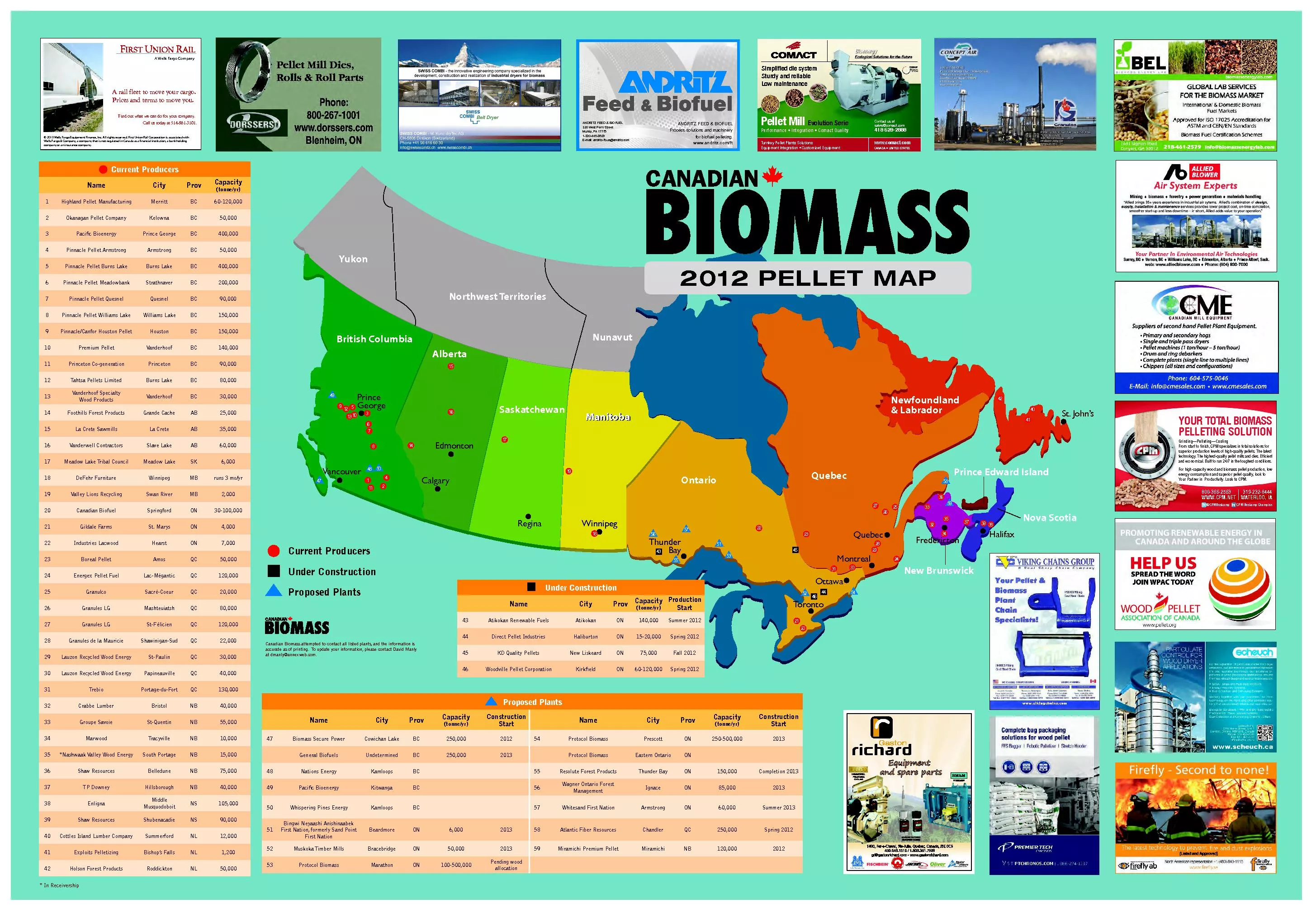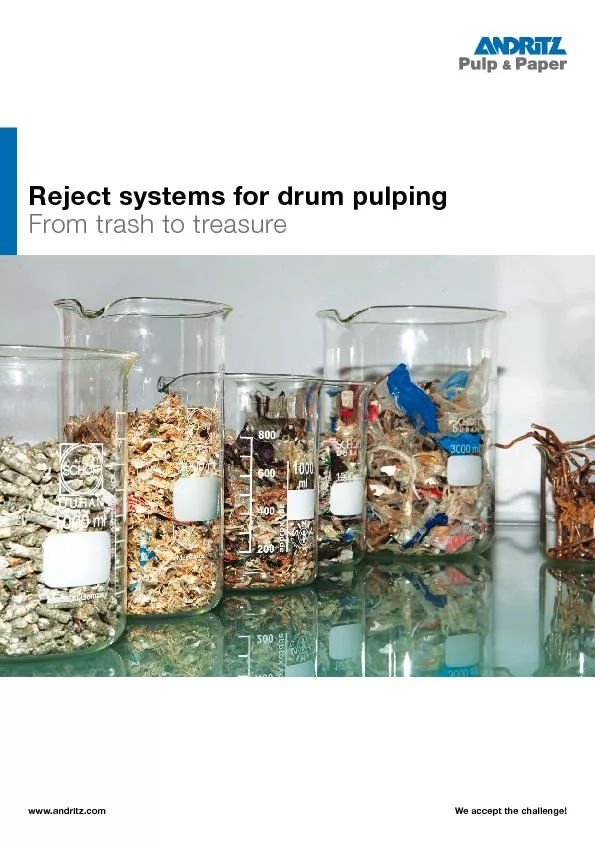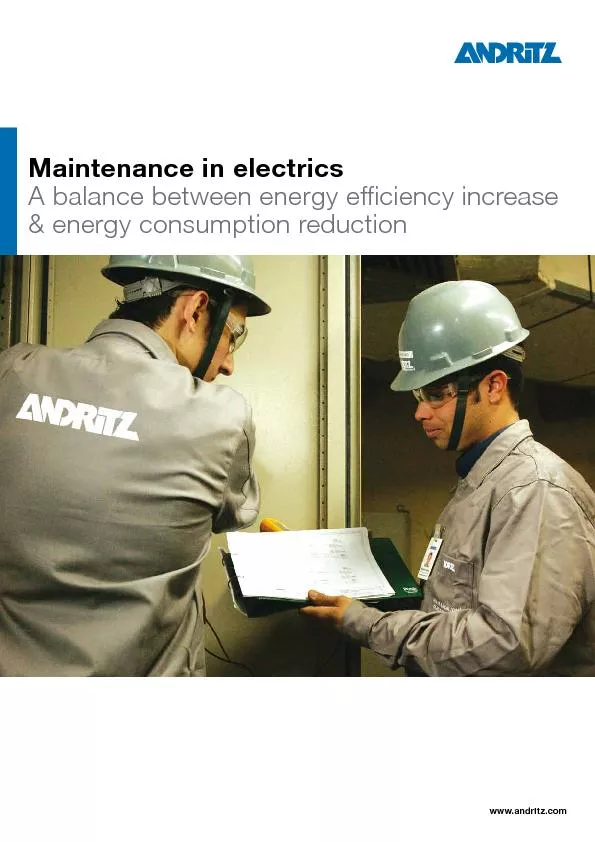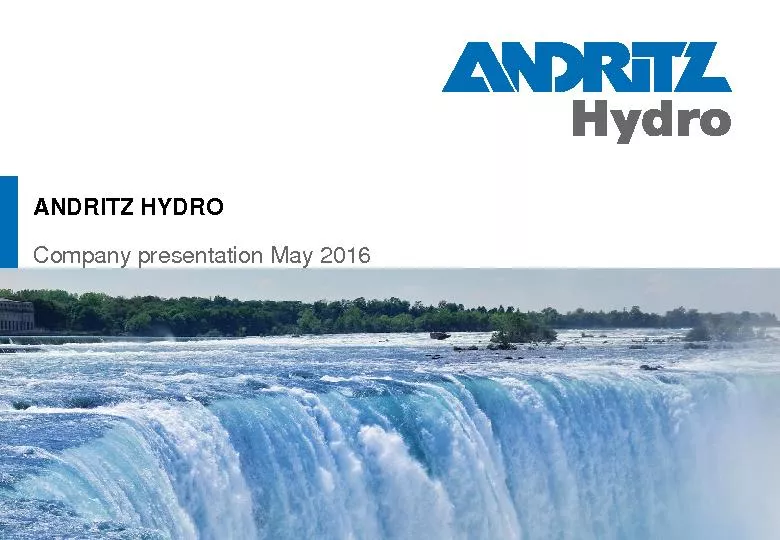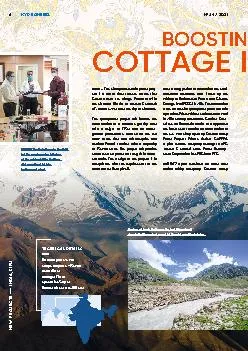PDF-www.andritz.com
Author : conchita-marotz | Published Date : 2015-10-25
Drying technologies for sewage sludge 3 2 Sewage sludge treatment System solutions from a single sorce Reuse Reduce Recycle From waste to valuable substance by
Presentation Embed Code
Download Presentation
Download Presentation The PPT/PDF document "www.andritz.com" is the property of its rightful owner. Permission is granted to download and print the materials on this website for personal, non-commercial use only, and to display it on your personal computer provided you do not modify the materials and that you retain all copyright notices contained in the materials. By downloading content from our website, you accept the terms of this agreement.
www.andritz.com: Transcript
Drying technologies for sewage sludge 3 2 Sewage sludge treatment System solutions from a single sorce Reuse Reduce Recycle From waste to valuable substance by drying Signix00660069cant reduc. andritzcom brPage 2br ANDRITZ pumps We move water ANDRITZ at a glance Irrigation projects in Andhra Pradesh India AND RITZ Ritz joins ANDRITZ Water for Las Vegas Hydrodynamic screws from ANDRITZ Atro 03 04 08 10 14 16 CONTENTS 16 14 08 04 08 10 brPag 1 02 02 ANDRITZ HYDRO is a global supplier of electromechanical systems and services (From water to wire) for hydropower plants. The company is a leader in the world market for hydraulic power generat COMPACT HYDRO Worldwide leader in hydropower businessThe ANDRITZ GROUP is a global market leader for customized plant, process technologies and services for the hydropower, pulp and paper, metals, and ANDRITZ Atro www.andritz.com ANDRITZ Atro hydrodynamic screw turbines Ef�cient, rugged, and environmentally friendly The facts Water flow up to 10 m Fiedler PerfTec 2 ANDRITZ Fiedler PerfTecTradition and innovationAlmost 120 years of experience in perforation technology ensures that ANDRITZ Fiedler is able to meet the most challenging tasks in th Customer-speci�c pump engineering with metal or concrete volute casing, with or without guide Head up to 40 m (concrete volute)Output up to 30,000 kW (concrete volute)For over 100 years, www.andritz.com BrainWave Control solutions for pulp and paper 02 The solution: Measure. Control. And pro�t. In today’s economic climate, your fa - cility faces more challenges than e The selection of dewatering equipment in the system design is based on the mill’s requirements. Generally, the ANDRITZ dispersing concepts reduce the number of screw conveyors to a minimum. Inves ANDRITZ FEED & BIOFUEL 336 West Penn Street. Muncy, PA 17756 Ecological Solutions for the Future BioenergyPellet Mill Performance�•�Integration�•�Comactÿ We accept the challenge!www.andritz.com Compliance with the legal requirements for protection of the environment, e.g. land�ll directivesPre-treatment of rejects for fuel generationReductio DifferentialsManagement of contracts since 1993, undertaking full responsibility for the job.Experience in large projects: “greenfield” and “brownfield“Teams specifically trained Em có nhận xét gì về cách làm việc của bạn An?. GIÁO DỤC CÔNG DÂN 7. TIẾT 20+21: BÀI 12. SỐNG VÀ LÀM VIỆC CÓ KẾ HOẠCH. GIÁO VIÊN: NGUYỄN THỊ PHƯƠNG NGA. TRƯỜNG THCS SÀI ĐỒNG. The Kiru hydroelectric power project is a run-of-river scheme on the river Chenab near the village Patharnakki in the Kishtwar District of Jammu & Kashmir UT, about 42km from the city of Kishtwar.The
Download Document
Here is the link to download the presentation.
"www.andritz.com"The content belongs to its owner. You may download and print it for personal use, without modification, and keep all copyright notices. By downloading, you agree to these terms.
Related Documents

